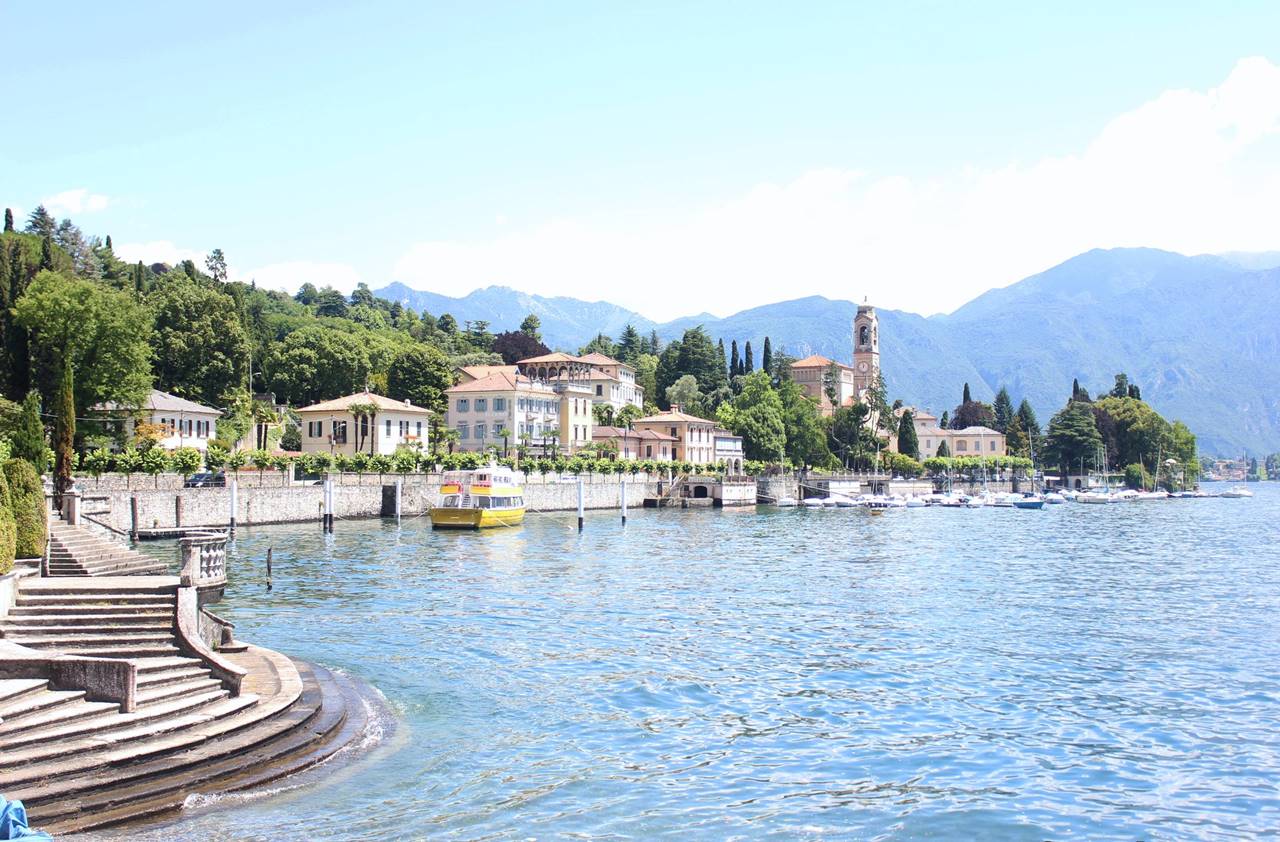
LAKE COMO
Often referred to with a touch of emphasis as the most beautiful lake in the world, Lake Como, or Lario, captivates with its diverse landscapes, celebrated villas, magnificent gardens overflowing with wisteria and azaleas, and the charming beauty of the small villages that grace its shores.
Once upon a time, Ugo Foscolo and Lord Byron gazed from the balconies of the villas, Gioachino Rossini and Giuseppe Verdi found inspiration for their famous works, and Alessandro Manzoni and Giuseppe Mazzini sojourned in the small villages. Today, the villas overlooking the lake are home to the great celebrities of the entertainment world, making VIP watching one of the favorite pastimes of the area's residents and visitors.
Stretching across the provinces of Como and Lecco, Lake Como is among the most important lakes in Lombardy. Its distinctive inverted Y shape unfolds into three branches: the Como branch to the west, the Lecco branch to the east, and the Alto Lario to the north.
At the meeting point of the lake's three branches lies Bellagio, renowned worldwide not only for its enchanting location but also for its villas. One of the most celebrated is Villa Serbelloni, an 18th-century residence built on the ruins of a former castle, now a prestigious Grand Hotel owned by the Rockefeller Foundation in New York. Villa Melzi d'Eril, an artistic and botanical jewel, was erected in the early 19th century in Neoclassical style.
The historic center of Bellagio is a maze of narrow, stepped alleys and arcades that lead to the Art Nouveau ferry boat terminal. On the main square stands the Church of San Giacomo, a stunning example of Romanesque-Lombard art built between 1075 and 1125 by the Comacine Masters.
The best way to discover and admire the lake's beauty is to navigate its waters aboard a traditional boat. In a few hours, you can reach Varenna, an ancient fishing village with its picturesque alleyways, colorful houses, and the famous Lovers' Walk: a lakeside promenade covered in fragrant climbing plants that connects the landing stage area to the center.
Continue to Cernobbio, home to the 16th-century Villa d'Este; Ossuccio, famous for the spectacular Isola Comacina, the lake's only island, and the Sacro Monte di Ossuccio, recognized by UNESCO as a World Heritage Site in 2003.
Next, visit Tremezzo and its Villa Carlotta with its flowering terraced gardens and the Museum housing works by Canova, Thorvaldsen, and Hayez.
Still cruising, you can reach the Olgiasca peninsula at the extreme tip of the Lario and dedicate yourself to visiting the Abbey of Piona, a typical Comacine building in exposed stone, a rare jewel of Romanesque architecture in Lombardy. Here, visitors are welcomed by a profound sense of serenity and peace, the same enjoyed by the Cistercian monks who still reside there.
Lake Como is also the city of Como with its splendid Duomo, its illustrious figure Alessandro Volta, its elegant lakeside promenade, and its famous silk factories.
It is the city of Lecco: where the lake ceases to be and the Adda resumes its journey towards the Mediterranean. Lecco is a place of Manzoni's works, it is "...That branch of the Lake Como, which turns towards the south, between two uninterrupted chains of mountains, all inlets and bays, depending on the jutting out and receding of these, comes, almost at once, to narrow, and to take the course and figure of a river, between a promontory on the right, and a wide shore on the other side; and the bridge, which there joins the two banks, seems to make this transformation even more perceptible to the eye, and marks the point where the lake ceases and the Adda begins..."
Lake Como is a destination that will leave an indelible mark on your heart. With its breathtaking landscapes, rich history, and vibrant cultural scene, the lake offers an unforgettable experience for every traveler.